Your circulatory system will thank you for trying this one
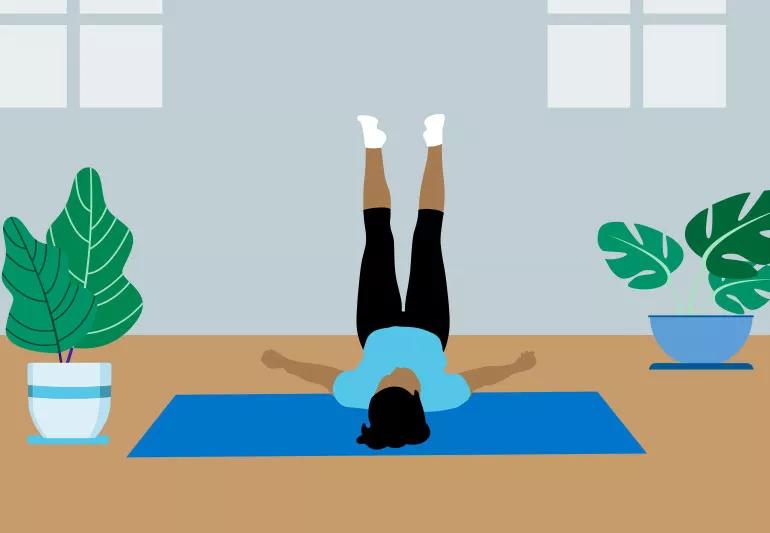
If thinking about yoga brings to mind images of backbends and headstands, think again. You don’t have to be a yoga die-hard or even particularly flexible to reap the benefits of simpler, more accessible poses. One of them is viparita karani, often referred to as legs-up-the-wall pose, which is exactly as it sounds: Your torso and head lie flat on the ground while your legs are inverted up a wall.
Advertisement
Cleveland Clinic is a non-profit academic medical center. Advertising on our site helps support our mission. We do not endorse non-Cleveland Clinic products or services. Policy
Robert Saper, MD, MPH, Chair of Wellness and Preventive Medicine, talks about what legs-up-the-wall pose can do for your body and how to safely execute it, whether or not you’re a yogi in training.
Legs-up-the-wall pose is one of several yoga poses known as inversion poses. “This means that the upper body is inverted from its normal, upright position,” Dr. Saper explains. Other examples include downward-facing dog, shoulder stands and headstands.
In Sanskrit, viparita means “inverted” and karani translates to “in action.” When you do legs-up-the-wall pose, then, you’re in an active inversion position. With your legs above the rest of your body, gravity gets to work on them in a way it simply can’t for most of the day.
And legs-up-the-wall pose is accessible even to people who aren’t able to do other inversion poses. “The advantage of legs up the wall compared to a headstand or shoulder stand is that you’re able to achieve the benefits of inversion without stressing or straining your neck and head,” Dr. Saper explains. He cautions that anyone with chronic neck pain or any disorders of the spine in the neck region should not do shoulder stands or headstands.
He outlines the potential health benefits of legs-up-the-wall pose.
Advertisement
A common cause of leg swelling is venous insufficiency when your leg veins don’t effectively circulate blood from your legs back up toward your heart. Weak circulation is associated with blood pooling and retention of blood in your legs, which can raise your chances of blood clots — and, at the very least, some swelling and discomfort.
Even if you don’t have chronic venous insufficiency, standing or sitting all day may limit your body’s ability to easily circulate blood back up your body. But legs up the wall can help.
“The main benefit of viparita karani is that it puts back into circulation the bodily fluids stored in your legs,” Dr. Saper explains. “By inverting and holding that pose, it allows the return of blood flow and reduction of lower-leg swelling.”
Research shows that yoga can, in general, have a positive impact on your body’s stress response systems, and restorative yoga poses like legs up the wall are intended to guide your body into a state of relaxation.
“Many patients describe anecdotally they find holding the pose is very calming,” Dr. Saper says. De-stressing is associated with better overall physical and mental health, and even a stronger immune system.
If legs up the wall helps you relax, it may indeed help you feel better overall — but beware any sweeping claims that it’s some sort of cure-all, Dr. Saper warns. “Some people claim that it alleviates other conditions such as headaches and high blood pressure, but there’s no evidence of that.”
“As a researcher of yoga and a yoga instructor, I recommend this pose as part of an overall restorative yoga practice, done toward the end of your practice,” Dr. Saper says.
The pose is safe to do as often as once or twice a day, whether as part of your regular yoga practice or as a stand-alone pose.
“Initially, you should be instructed by a yoga teacher to make sure that you’re doing it safely and not straining your neck head or spine,” Dr. Saper advises. “But it’s relatively easy to do.” You can also learn from online yoga videos.
Here’s how to do legs-up-the-wall pose:
Advertisement
As with any yoga posture, there are some risks associated with doing legs up the wall. Avoid the pose if you have been diagnosed with the following conditions.
Inversion poses like legs up the wall have been shown to increase intraocular pressure — the fluid pressure within your eyes — making them unsafe for people with glaucoma. “The pressure comes back down to normal after you resume a normal sitting position,” Dr. Saper says, “but if you have glaucoma, the pose should not be done at all.”
People with specific conditions that cause excessive fluid volume in their bodies should also largely stay away from legs up the wall. “They should either not do this pose, or do it very sparingly with guidance from their physician because there’s such a large amount of fluid that could be returned to the circulation it could strain the heart,” Dr. Saper says. These conditions include:
If you have uncontrolled high blood pressure, you’ll also want to avoid legs up the wall, as this pose can further increase your blood pressure. But feel free to revisit it after working with a doctor to stabilize your blood pressure.
Advertisement
Learn more about our editorial process.
Advertisement
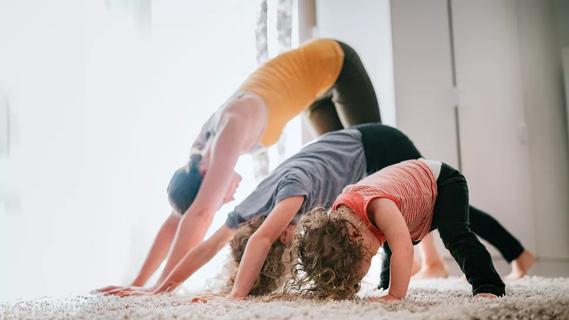
Kids’ yoga can help kiddos become more aware of their physical, mental and emotional selves
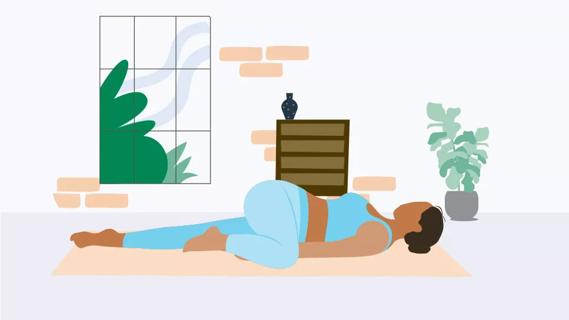
This mindful practice is designed to give you mental and physical relaxation

Both practices are worth exploring and offer amazing health benefits

You can work more than your abdominals
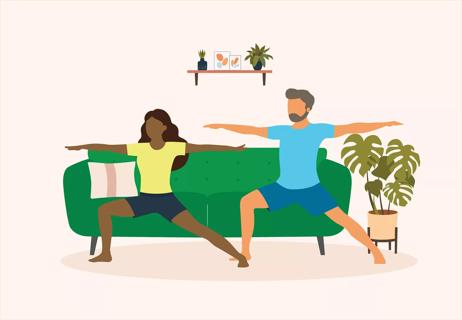
From using props to practicing on the go, yoga offers an array of benefits
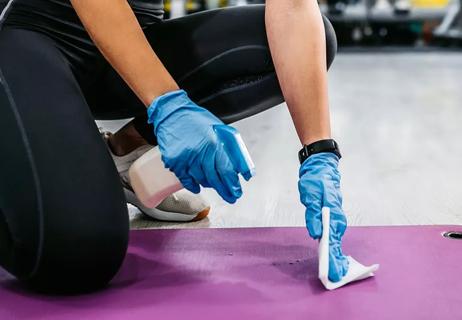
Soap and water will do the trick, but only consider disinfecting if you share a mat
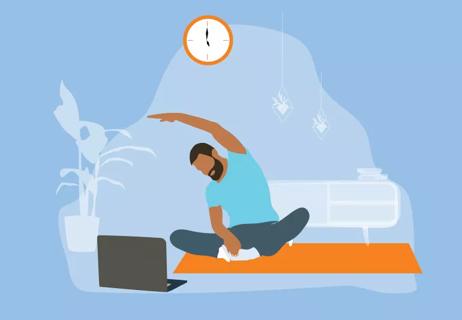
Select a yoga class that focuses on your breath and promotes kindness toward yourself

The healing benefits of trauma-informed practices

Type 2 diabetes isn’t inevitable with these dietary changes

Applying a hot or cold compress can help with pain